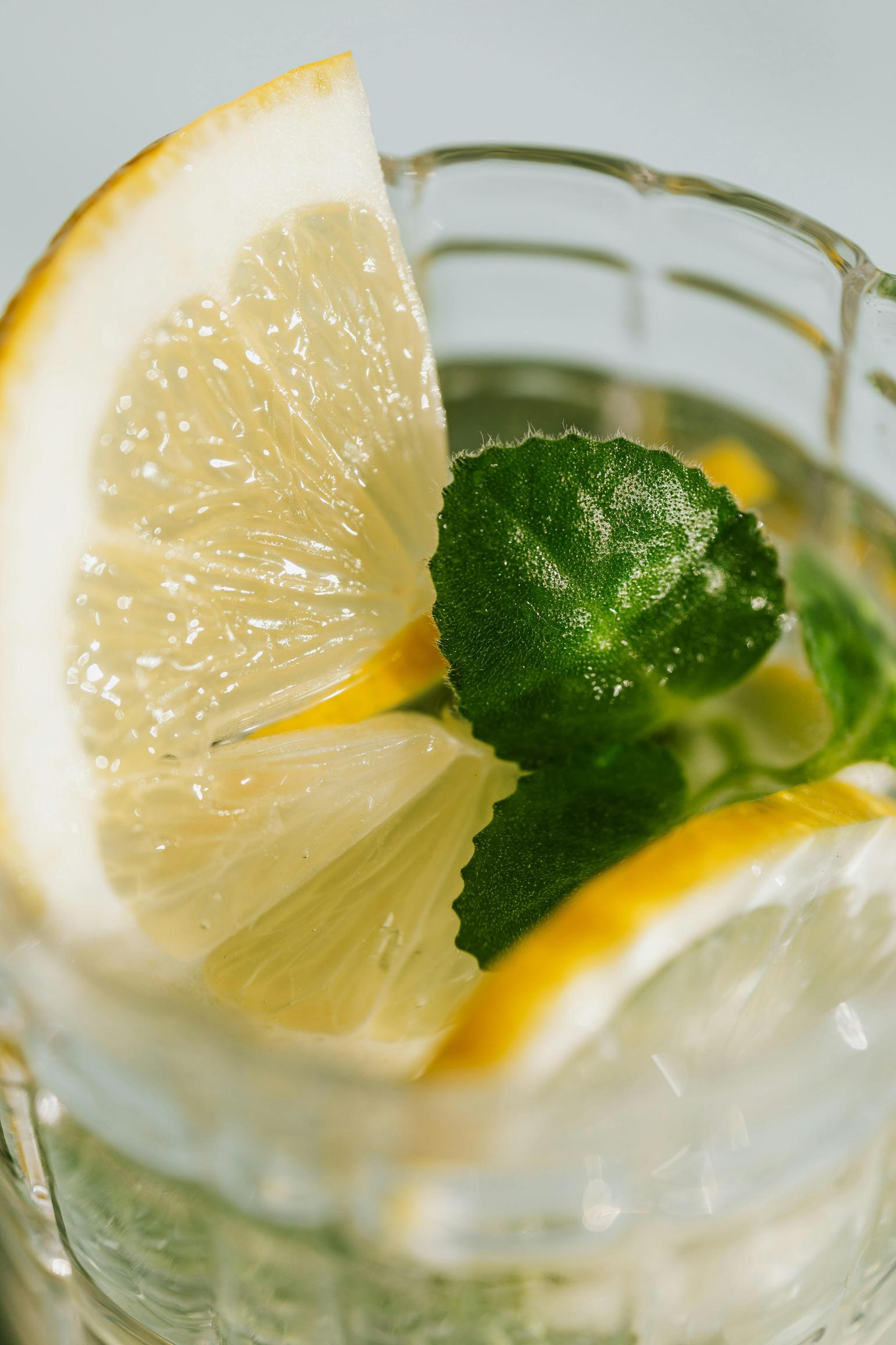Introduction
Juicing fruits and vegetables can be a rewarding way to consume a concentrated dose of nutrients. However, the by-product, the pulp, often goes to waste. Before tossing this fiber-packed matter into the garbage, consider transforming it into something valuable. Whether you are interested in culinary endeavors, sustainable gardening, or even treating your pets, juicer pulp has much to offer. This article will explore the nutritional benefits of juicer pulp, offer savory and sweet recipes, suggest non-food uses, and outline sustainable juicing practices.

Nutritional Benefits of Juicer Pulp
Juicer pulp is more than just scraps; it is a treasure trove of nutritional benefits. While juicing extracts the liquid content teeming with vitamins and minerals, a significant amount of fiber remains in the pulp. Fiber is crucial for digestive health, helps maintain stable blood sugar levels, and contributes to a feeling of fullness, aiding in weight control.
Moreover, the pulp retains small amounts of nutrients that didn’t make it into your juice. For instance, antioxidants, phytochemicals, and even vitamins get left behind in the pulp. By re-integrating this pulp into your diet, you ensure maximum utilization of the produce you purchase, translating to both health benefits and cost-efficiency.
So, before you think of discarding that heap of pulp, remember you’re potentially throwing away a wealth of nutrients that could benefit your health in multiple ways.
Savory Recipes Using Juicer Pulp
Turning your juicer pulp into savory recipes can enhance your meals while reducing waste. Here are some creative ideas:
Vegetable Broth
Making vegetable broth from juicer pulp is both simple and rewarding.
- Ingredients: Juicer pulp from vegetables like carrots, celery, and tomatoes, water, salt, pepper, and herbs.
- Instructions: In a pot, combine your juicer pulp with water. Add salt, pepper, and herbs to taste. Bring the mixture to a boil, then let it simmer for about 30 minutes. Once done, strain the mixture to get a nutrient-rich broth, perfect for soups and stews.
Veggie Burgers
Juicer pulp can become a nutritious base for homemade veggie burgers.
- Ingredients: Vegetable pulp, cooked quinoa or rice, breadcrumbs, an egg (or flax egg for vegans), spices, and your choice of seasonings.
- Instructions: Mix the pulp with the cooked grains, breadcrumbs, and egg. Add spices like cumin, paprika, and garlic powder. Form patties and pan-fry or bake them until golden and firm. These veggie burgers are delightful and packed with fiber.
Pulp Crackers
Transform your pulp into crispy, savory crackers.
- Ingredients: Vegetable pulp, flour of choice, seeds (like chia or flax), salt, and herbs.
- Instructions: Combine the pulp with flour, seeds, salt, and any herbs you prefer. Roll the mixture out thin on a baking sheet and cut it into cracker shapes. Bake at 350°F for 15-20 minutes or until crispy. These homemade crackers are a healthy snack that’s easy to customize.

Sweet Recipes Using Juicer Pulp
Just as savory dishes can benefit, sweet recipes can also be enriched by juicer pulp. Here are some delectable options:
Muffins and Cakes
Add a nutritious twist to your favorite baked goods with juicer pulp.
- Ingredients: Fruit pulp (like apple, carrot, or beet), flour, sugar, baking powder, baking soda, eggs, oil, and spices like cinnamon or nutmeg.
- Instructions: Incorporate the fruit pulp into your muffin or cake batter. Mix it well with the other dry and wet ingredients. Bake according to your recipe’s instructions, and enjoy moist, flavorful treats that are bolstered by the added benefits of pulp.
Smoothies and Pulp Ice Cubes
Revitalize your smoothies by reusing juicer pulp.
- Ingredients: Fruit pulp, your favorite smoothie ingredients (like bananas, spinach, yogurt), and liquid (like almond milk or juice).
- Instructions: Simply add the fruit pulp to your blender with the other smoothie ingredients and blend until smooth. Alternatively, freeze the pulp in ice cube trays for a cold, nutrient-boosting addition to future drinks.
By turning the pulp into these diverse recipes, you ensure no part of your fresh produce goes to waste while enriching your diet with extra fiber and nutrients.
Non-Food Uses for Juicer Pulp
Beyond the kitchen, juicer pulp can have several non-food applications. Here are some innovative ideas:
Composting
Turning your juicer pulp into compost is a sustainable way to enrich your garden.
- Process: Combine the pulp with other compost materials like yard waste, coffee grounds, and natural fibers. Maintain a balanced mix of greens (moist, fresh materials) and browns (dry, carbon-rich materials) to create nutrient-dense compost that can help your garden flourish.
Pet Treats
Even your pets can benefit from your juicing habit.
- Ingredients: Mixed vegetable pulp, rolled oats or ground meat, an egg.
- Instructions: Combine the pulp with oats or meat and bind with an egg. Roll into small balls or flatten and cut into shapes. Bake at 350°F until treats are firm. Ensure the ingredients are safe for your pet and avoid toxic foods like onions or grapes.
Using juicer pulp in these ways minimizes waste and also enriches your garden and satisfies your pets.

Sustainable Juicing Practices
Embracing sustainable juicing practices is beneficial for both the environment and your wallet. Here are a few tips:
- Buy Local and Seasonal: Purchase produce that’s in season and sourced locally to reduce the carbon footprint.
- Use Reusable Bags: When shopping for your juicing ingredients, choose reusable produce bags.
- Repurpose Pulp: As highlighted, always look for creative ways to use the pulp before discarding it.
- Compost Leftovers: Compost any remaining pulp to enhance your garden soil and reduce waste.
Adopting these practices ensures you juice more responsibly and make the most of your produce.
Conclusion
Juicer pulp is not just a by-product to discard; it’s a resource brimming with potential nutrients and applications. From enhancing your diet with savory and sweet recipes to enriching your garden and treating your pets, the opportunities to repurpose juicer pulp are vast. By incorporating these ideas, you practice sustainability, reduce waste, and maximize the value of your juicing efforts.
Frequently Asked Questions
Can I store juicer pulp for later use?
Yes, you can store juicer pulp in airtight containers in the fridge for a few days. For long-term storage, freeze the pulp in portions suitable for your intended future recipes.
What types of juicer pulp are best for cooking?
Vegetable pulps like carrot, celery, and beet are excellent for savory dishes, while fruit pulps like apple, pear, and berry are superb for sweet recipes.
How does composting juicer pulp benefit my garden?
Composting juicer pulp enriches the soil with essential nutrients, improves soil structure, and boosts the overall health and productivity of your garden.
